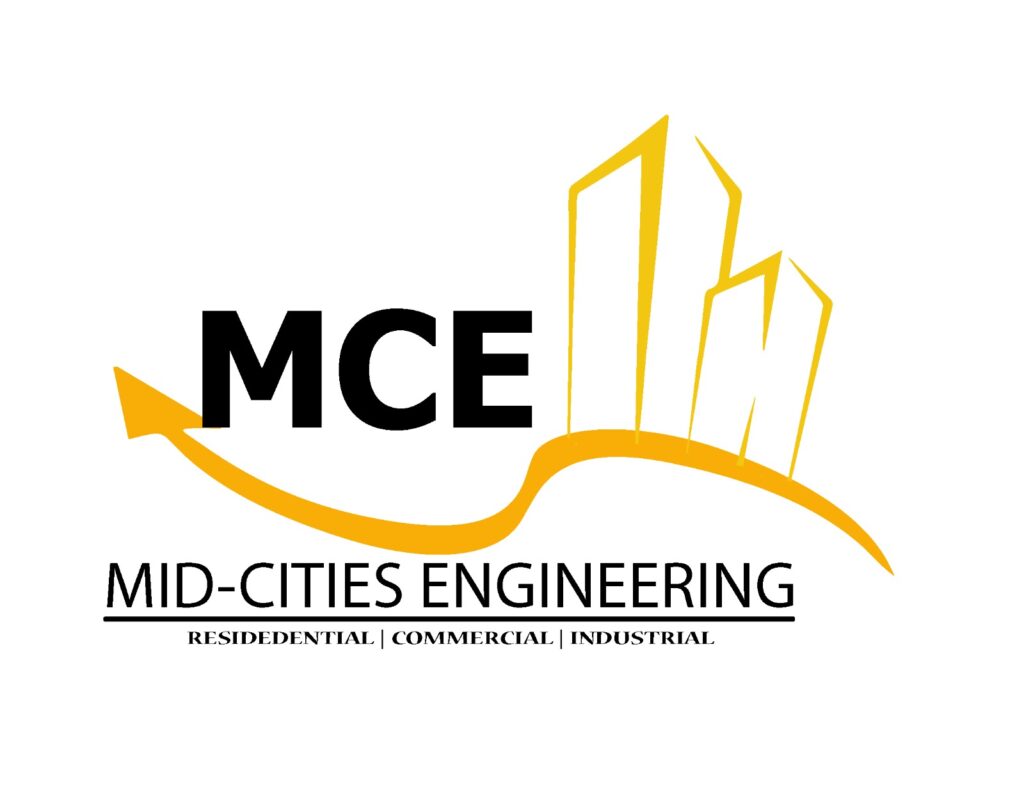Structural Analysis and Design
Structural Analysis and Design
Structural analysis and design are fundamental processes in civil engineering that ensure the stability, safety, and performance of buildings and other structures. This intricate field involves the assessment of forces and stresses acting on structures, determining their structural integrity, and designing them to withstand various loads and environmental conditions. The ultimate goal is to create structures that meet safety standards, comply with building codes, and fulfill the intended functional requirements.
aspects of Structural Analysis and Design
Load Analysis:Structural engineers conduct a meticulous examination of the loads that structures may encounter, including dead loads, live loads, wind loads, and seismic forces. Understanding these loads is essential for designing structures that can safely bear them.
Structural Modeling:Engineers create accurate and detailed mathematical models of structures using advanced software tools. These models simulate real-world behavior, allowing for precise analysis and optimization.
What Is Structural Engineering?
Structural engineering is a specialized branch of civil engineering focused on designing, analyzing, and ensuring the structural integrity and safety of buildings, bridges, towers, and other infrastructure projects. Structural engineers play a critical role in creating robust and stable structures that can withstand various loads and environmental conditions. Their expertise lies in understanding the behavior of materials and applying engineering principles to develop structures that meet safety standards and fulfill their intended functions.
Advantages of Structural Analysis and Design
- Ensures that buildings and infrastructure are designed to withstand various loads, environmental conditions, and unforeseen events, minimizing the risk of structural failures.
- Reduces material wastage, minimizes construction costs, and ensures that selected materials meet structural requirements, promoting sustainability and cost-effectiveness.
- Designs structures for durability, minimizing the risk of premature deterioration and contributing to the long-term functionality of buildings and infrastructure.

